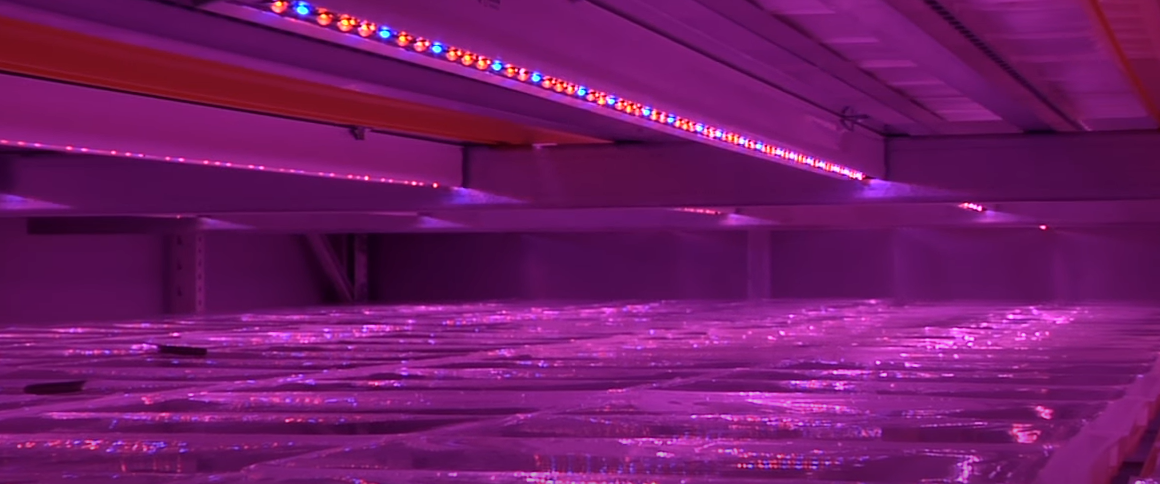Now I am here with Baudette Venison, the laboratory manager of the in vitro processing plant. For this, we are in a very large growth room, where I can see tissue culture fluorescent lights.
Can you tell me the age of these fillers and lamps? method? Now we have LEDs, light-emitting diodes or Dutch parrots here. I think this is a research field. In this area, especially greenhouse growers in the United States and greenhouse growers in the Netherlands and other parts of the country. I am very interested in this new technology. This is a very new technology. In fact, people are now beginning to invest in Michigan to make it economical. We are conducting a lot of research on light-emitting diodes suitable for plant growth. , We are tall and look very purple.
In fact, you mentioned that plants don’t actually look like them. Do they look green, so my question is how did you decide to invest in late-stage LEDs? The hat is a good ratio of red and blue light. We need to use stronger water. Why we started to use LED lights in combination with five Venuslite lights, except to illuminate them like a combination light, and after a year, they are almost the same as the floor plan. They might let me see it here. There are about two for every five red LEDs. There is a blue LED.
Without white light, there would be no green light and no ultraviolet light. Therefore, we only see a small part of the spectrum, but because the efficiency is okay, good growth results can be obtained. How efficient is the LED? Compared with fluorescent lights, T8 is better, so the efficiency is three times higher, and then you have to use LED lights for several hours a day to work for 12 hours, so obviously you must increase the efficiency by a quarter. With energy, you can get nearly four times the efficiency. Lighting system with LED can emit fluorescence better



